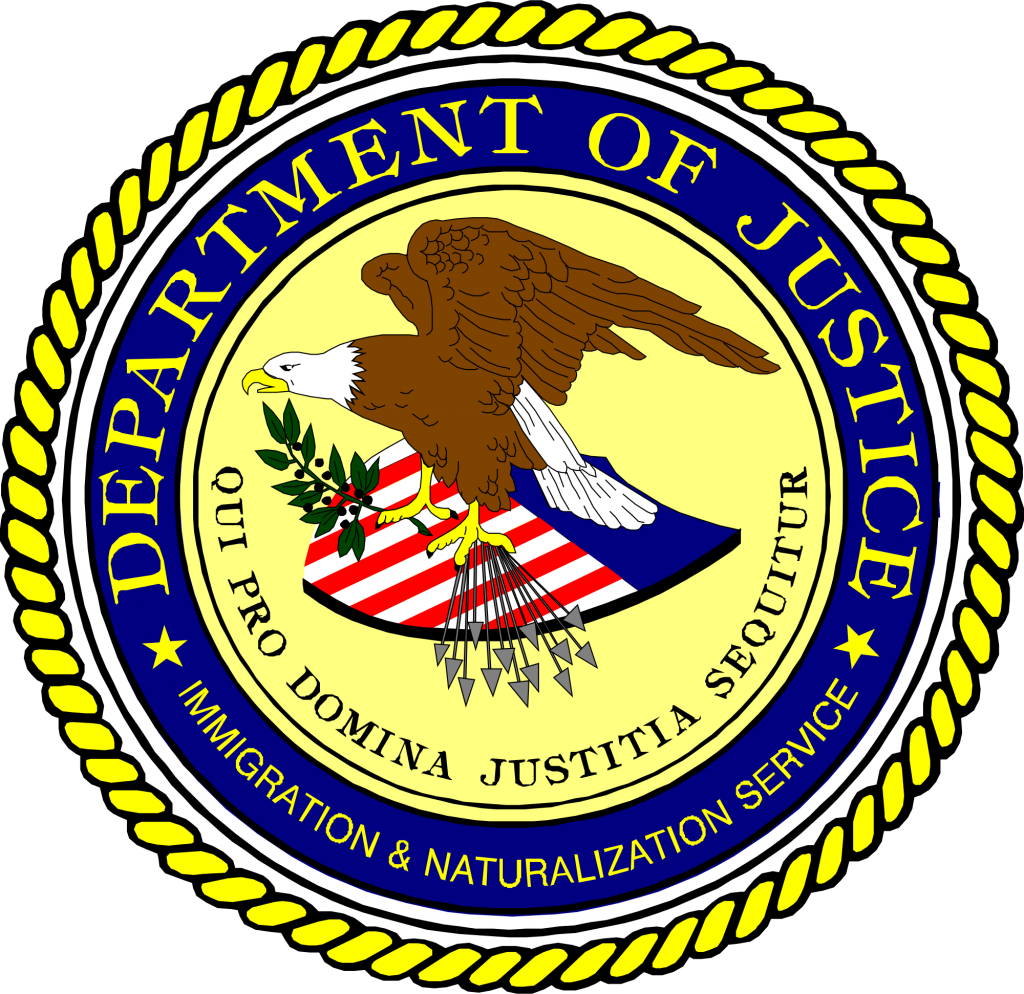The H-1B Crunch
If you’re like most people, the code “H-1B” is unfamiliar to you. Pressed for an answer, you might guess it’s a strain of influenza or a part number for your car engine. But despite its obscurity, the tag H-1B could have some huge implications for American workers and the global economy.

If you’re like most people, the code “H-1B” is unfamiliar to you. Pressed for an answer, you might guess it’s a strain of influenza or a part number for your car engine. But despite its obscurity, the tag H-1B could have some huge implications for American workers and the global economy.

H-1B Foundations
An H-1B is a special work visa issued by U.S. Citizenship and Immigration Services (USCIS) that allows U.S. businesses to hire highly educated foreign workers (a bachelors’ degree or equivalent is required). The visa permits a person to live and work in the United States for three years, with the option to file for a three-year extension. While the H-1B is not an immigration visa, it does carry “dual intent,” meaning a worker can pursue U.S. citizenship while working in the United States.
The H-1B visa was created in 1990 and was designed to help the booming U.S. technology sector fill positions when there weren’t enough American workers available. To stop companies from trying to replace their American workforce with visa workers, the government allowed only 85,000 H-1Bs to be issued annually and required employers to pay visa workers industry-average wages.
Times Change
Despite early success, many complaints have recently been brought against the H-1B program, both from people that want the it expanded and those that want it abolished.
Demand for H-1Bs has surged since the last recession. Because only 85,000 visas are issued each year, competition is fierce. In the past, it took months for the USCIS to reach the limit; now, it must close filing after a week and award the visas by lottery. During this year’s filing period (April 1–7), the USCIS received over 236,000 visa requests.
For proponents (or casual observers), this high demand clearly indicates need to expand the H-1B program. As U.S. businesses continue to recover, it’s imperative that every company has access to whatever skilled workers they need to grow.
The reality, however, is more complicated than just the expansion of a useful program. Many reports have suggested that the high demand for visas is not the result of a shortage of American workers, but is actually part of corporate efforts to offshore U.S. jobs. Opponents of H-1B visas claim that expanding the program will only hurt the U.S. economy in the long term.
Unfortunately, there is some evidence to support these concerns. Much of the H-1B use comes from large companies that primarily operate overseas. The top five of these H-1B companies accounted for more than 40,000 of the 85,000 visas issued in 2015; all five are outsourcing businesses with the vast majority of employees and operations in India. While these companies frequently lobby for increases to the H-1B cap, their past use of visas have led to some Americans getting laid off.
The Right Idea
When used as intended, the H-1B has many benefits: it strengthens businesses, provides a path for immigration, protects American jobs and furthers the advancement of U.S. technology. Even when workers choose to return home at the end of their visa, the American business experience they take with them helps strengthen economic ties between countries.
There are many questions worth asking: Is the H-1B program willing to take the bad with the good? What could be changed? Would ending the program even protect U.S. jobs? Are the companies that exploit the H-1B program dependent on it, or will they just find another way to outsource? Will U.S. technology fall behind other countries if we don’t exchange workers?
The H-1B was created when worker demand was high; it’s not surprising it’s creating problems now that demand is low. As the economy improves, controversy around the H-1B might shrink with the unemployment rate or intensify with the demand for skilled work. Ultimately, the H-1B controversy is not an issue that can be settled or dismissed easily—and it will likely create a few more debates in the future.
The information contained in this article is not intended to be tax, investment, or legal advice, and it may not be relied on for the purpose of avoiding any tax penalties. Fingerlakes Wealth Management does not provide tax or legal advice. You are encouraged to consult with your tax advisor or attorney regarding specific tax issues. This article was written by Advicent Solutions, an entity unrelated to Fingerlakes Wealth Management. © 2016 Advicent Solutions. All rights reserved.
News and insights for your financial future.
Feel good about
your financial future.
Tailored guidance to help you make smart financial choices
Comprehensive planning and holistic wealth management
Advice that integrates with your values at every stage of life



